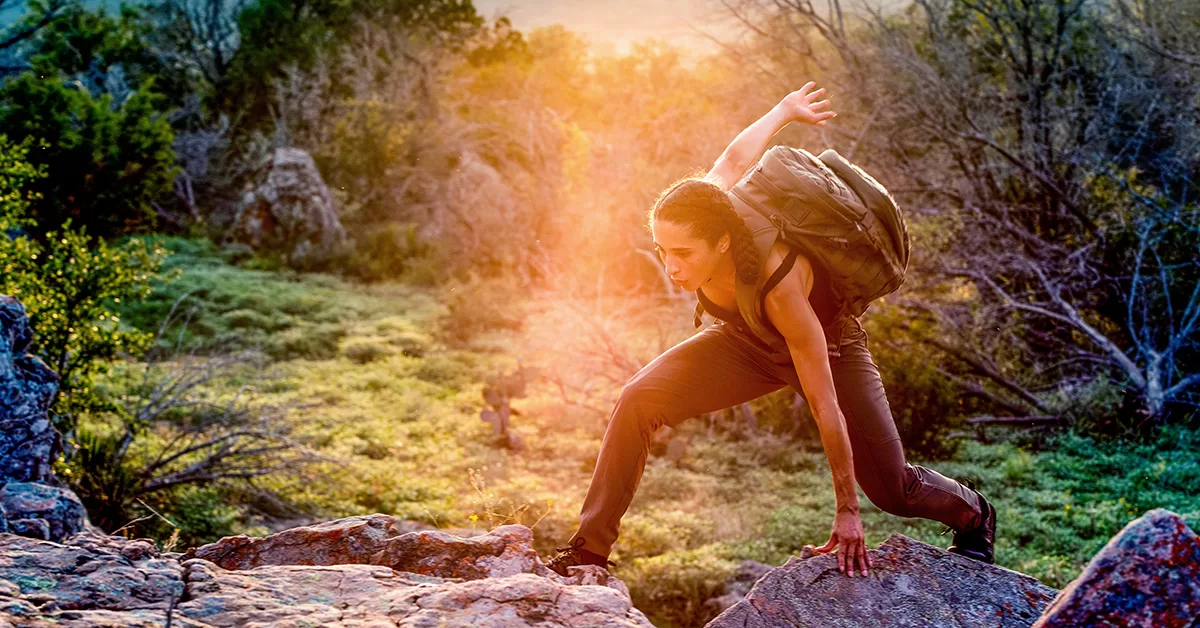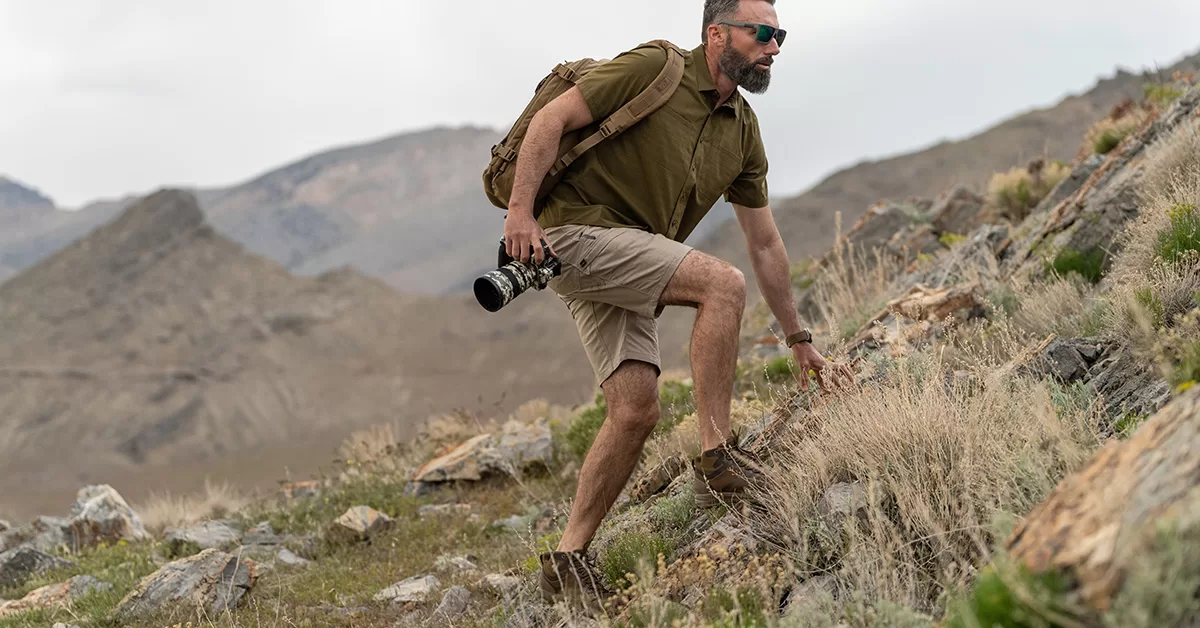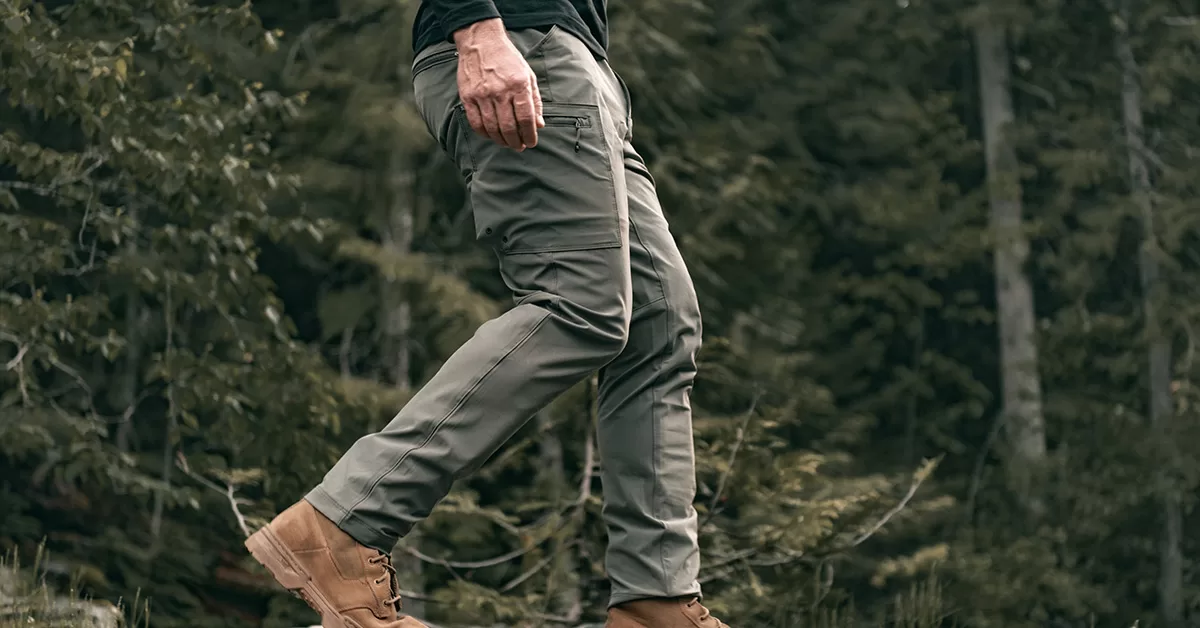How To: Backcountry Camping
There’s a new term going around to describe a form of camping. Maybe you’ve heard it. Glamping. This is when you set up a camper or RV and enjoy all the comforts of home while camping – air conditioning, a cushy leather sofa, big-screen TV, and a fully equipped kitchen.
That all sounds great…if you’re into that sort of thing. But for those of us who love getting as close to nature as possible, there’s another term we’d like to introduce – backcountry camping.
What is backcountry camping?
Backcountry camping is one of the rawest, most primal ways of camping. With no easy access to the conveniences of civilization, it becomes a test of your survival skills. It can be extremely challenging, yes, but it is also an incredible way to marvel at nature’s beauty. And those challenges you face are simply challenges to overcome and prove to yourself your immense capabilities.
Backcountry camping requires long hikes through potentially hazardous trails; it requires planning and preparation; and it requires the proper gear and apparel.
Backcountry Camping Gear
Deciding what to take with you on a backcountry camping trip is critical. You want to have the gear and equipment you need, while also packing as light as possible. Check out our tips for the backcountry camping gear you must have.
Tents
Choose wisely. A tent is your home away from home. It will help keep you warm while also protecting you from the elements and insects. Look for a tent that is lightweight with a minimalist design. No need to get too fancy here. With all the gear you need to carry, it’s imperative to reduce weight wherever you can.
A waterproof tent that offers some breathability is a must. You should also consider a ground fly which will help protect you from water seeping through the bottom of the tent.
If you’re new to backcountry camping, hold off on going all in on an expensive tent. Opt for a more affordable one until you’ve camped a few times to make sure you like it and want to keep doing it. You can always invest in a more expensive tent later.
Sleeping Bags
There are many sleeping bag options, but when selecting one, your focus should be on two key factors: lightweight and compact. While it seems we are harping on this point, it’s important to remember, you must carry everything with you when hiking. Warmth is another component to consider. In fact, that’s how sleeping bags are rated.
Summer bags are for conditions above 32 degrees while three-season bags rate between 10-32 degrees. Winter bags have a rating for lower than 10 degrees. For normal backcountry camping, you can’t go wrong starting off with a three-season bag.
The other key feature when choosing a sleeping bag is insulation. Synthetic and down are two common types of insulation. Synthetic is great at keeping you warm and dry in wet conditions, while down offers warmth but not as much protection from rain and moisture.
Packs
A good, quality pack is an essential piece of backcountry camping gear. The first thing to consider when choosing a pack is how long your trip is. The longer the trip, the more supplies you’ll need and the larger the pack you’ll require. For an overnight excursion, a pack that holds 35 liters or less works well. A weekend trip is in the 35–50-liter range. For longer excursions, anywhere from 50-75 liters is needed.
Next, consider the pack’s frame. A lightweight, frameless pack is fine for those quicker, overnight trips. For longer treks, a mid-weight pack offers internal frames and extra pockets for quick and easy access to essential tools. The longest expeditions may require a heavier pack with external frames which can handle heavy loads.
When choosing your pack, look for one that offers rugged durability, a comfortable fit, is hydration-compatible, and most importantly, boasts waterproof features.
Apparel
Packing the ideal backcountry camping apparel can be difficult. You must balance comfort and performance with packing as little as possible because you’ll be carrying all that gear as you hike. In fact, you may want to wear the same outfit for much of your trip.
Your apparel choices should offer breathability and moisture-wicking capabilities. Synthetic and wool materials work best. Avoid cotton as it retains moisture.
Begin your layering with a moisture-wicking t-shirt. A fleece or hoodie makes an excellent mid-layer, while a fully insulated, lightweight jacket rounds out your layering.
You can wear shorts, but a lightweight pair of synthetic pants will offer more protection against poison ivy, thorns, and pesky insects.
For colder excursions, a beanie hat and pair of gloves will keep you warm without adding too much weight to your pack’s load.
Footwear
One of the components of backcountry camping is hiking longer distances during the day. Selecting the proper footwear is vital to not only your comfort, but also your safety as you navigate uneven lies and rugged terrain.
A pair of hiking boots that are heavier will provide more durability, protection, and ankle support. However, heavier boots can also take a toll on your feet and cause fatiguing while hiking. So, you must find a pair that balances the ankle support and durability you need with the comfort you desire.
Look for footwear that offers a secure fit and provides that needed reinforcement at your ankles. You may also need a certain degree of waterproofing depending on the weather conditions and locations you camp.
What to eat backcountry camping
Listen closely, these are the words you’ve been waiting to hear – don’t worry about how much food you eat. Backcountry camping includes a lot of hiking and other activities, as well as trying to stay warm at night, so you need all the calories you can get to maintain proper energy levels throughout your adventure. A good range of calories to shoot for is between 2,500-4,500.
Look for calorie-rich, nutrient-dense foods like energy bars, jerky, and nuts. You want to make preparing meals as easy as possible, so a range of dehydrated and dried foods works great.
If your camping plan calls for water to prepare meals, make sure you pack enough water for cooking and drinking.
Other foods that are ideal for a camping excursion include dried fruit, powder meals, energy gels, granola bars, trail mix, and instant noodles.
Backcountry Camping Tips
- Check to see if your camping location requires a camping permit.
- Train with your gear and equipment before you venture out into the wild.
- Talk to park rangers and ask if they have any tips, advice, or current information on camping conditions.
- Before setting off, make sure you learn basic camping and survival skills like how to build a fire, basic first aid, and where to dig a latrine.
- If this is your first foray into backcountry camping, start off small with an overnight trip that is relatively close to civilization. As you gain more experience and confidence, you can expand to longer, lengthier trips.
- Backcountry camping can be quite a workout, so you need to make sure your fitness levels are up to it, especially if you’re used to setting up shop at a campsite for a few days.
- Once you’ve experienced the thrill of true backcountry camping, it will be the only camping you want to do. Testing your survival skills and proving to yourself that you have what it takes is a truly extraordinary feeling.
5.11 has all the backcountry camping gear, apparel, and accessories you need to get started on a great adventure.





